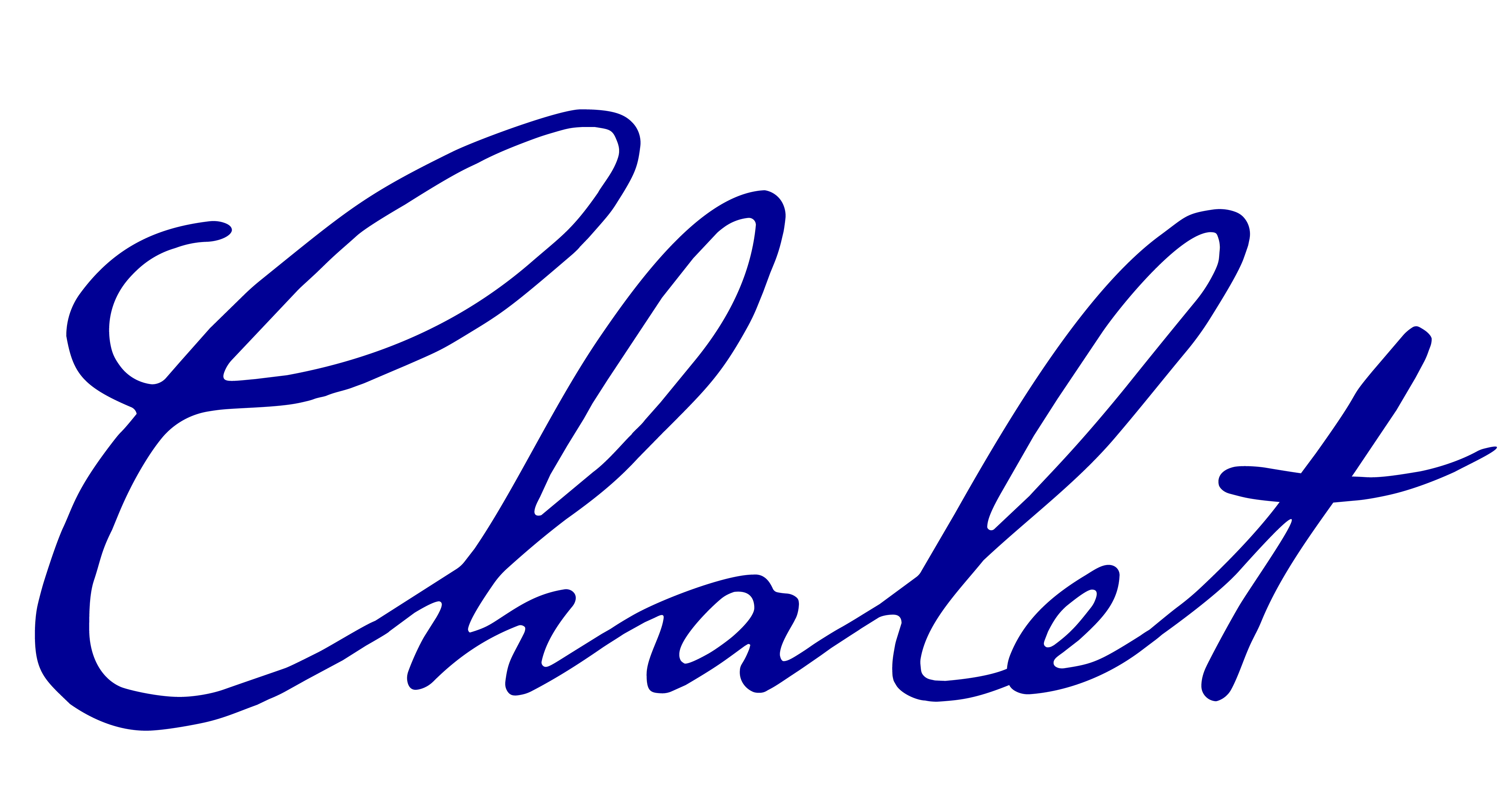
Suggested Shrub Solutions
Note: You can shop a lot of these trees on our online store. Many of them are linked below. Our full collection can be shopped in store..
For Conspicuous Flowers:
Azaleas (deciduous), Bottlebrush Buckeye, Buttonbush, Carolina Allspice (Calycanthus), Chokeberry, Clethra, Deutzia, Diervilla, Elderberry (Sambucus), Falsespirea (Sorbaria), Forsythia, Fothergilla, Hydrangea, Hypericum, Virginia Sweetspire (Itea), Kerria, Lilac, Mockorange, Ninebark, Flowering Plum, Potentilla, Privet, Flowering Quince, Rose of Sharon, shrub roses, Smokebush, Spirea, Viburnum, Weigela, Witchhazel (all) .
Shade Tolerance
Defined as tolerating sites with more shade than sun, understanding that flower performance and plant density of plant will be sacrificed as shade/sun ratio increases:.
Alpine currant, Azaleas (deciduous), Bottlebrush Buckeye, Buttonbush, Gray Dogwood varieties, Fothergilla, Hazelnut, ‘Annabelle’/Incrediball® Hydrangea, Oakleaf Hydrangea, Itea, Kerria, Lindera (Spicebush, not to be confused Koreanspice Viburnum), many Viburnums (Arrowwood, Blackhaw, Highbush Cranberry, Nannyberry to name a few) and Witchhazel.
Fragrant Flowers
Carolina Allspice (Calycanthus), Azaleas (deciduous), Clethra, Fothergilla, Koreanspice Viburnum varieties, Lilac, Lindera, Mockorange, Privet, many shrub roses.
Ornamental Berries
Chokeberry (red & black), Cotoneaster, Red-twig and Gray Dogwood, Elderberry (Sambucus), Coralberry, Lindera, Privet, some species roses, many Viburnums, Winterberry.
Berries For Birds
Chokeberry, Cotoneaster, Redtwig, Gray & Pagoda Dogwood, Elderberry, Arrowwood, Highbush Cranberry and Nannyberry Viburnum, Staghorn Sumac and Winterberry.
For Screening
Suggests less formal pruning than hedging, still somewhat uniform in width, with pruning perhaps at the top for uniformity of height. Often suggests taller than hedging.
Persian Lilac, Arrowwood and ‘Mohican’ Viburnum, ‘Cheyenne’ Privet.
Hedging
Infers more formal pruning than screening with flat tops and pruned sides. Doesn’t necessarily refer to short or tall.
Alpine Currant, Barberry, Compact Burning Bush, Peking Cotoneaster, ‘Cheyenne’ Privet.
Colorful Foliage
Barberry, Diervilla, Variegated Dogwood, ‘Blue Shadow’ Fothergilla, Contorted Hazelnut, Japanese Maple, Ninebark, Purpleleaf Plum, Smokebush, many Spirea, ‘Tiger Eye’® Sumac, many Weigela, Dwarf Arctic Willow
Noteworthy Fall Color
Compact Burning Bush, Chokeberry, Clethra, Cotoneaster, Gray & Redtwig Dogwood, Fothergilla, Itea, Japanese Maple, Smokebush, some Spirea, many Viburnum.
Natives
Buttonbush, Chokeberry (Red & Black), Clethra, Gray Dogwood, Smooth Hydrangea, Fragrant & Staghorn Sumac, American, Blackhaw & Nannyberry Viburnum, Fall Witchhazel, Winterberry
Floodplain
Will tolerate periods of standing surface water.
Buttonbush, Carolina Allspice (Calycanthus), Chokeberry (Red & Black), Gray Dogwood, Itea, Arrowwood and Blackhaw Viburnum, Dwarf Arctic Willow, Winterberry
Hot Box
Sunny, dry areas with lots of reflected growing season heat.
Alpine Currant, Barberry, Panicle Hydrangea, Ninebark, Rugosa Rose varieties, Smokebush, Spirea, Sumac, Winterberry, Witchhazel, Flowering Quince.
5 Fulmer Faves that are under-utilized, but very, very worthy:
- Bottlebrush Buckeye- This plant blows me away for its ability to grow in shade that’s closet-dark, or in full sun. Wonderful tropical, Schefflera-like leaves topped in late June with dramatic 8-12” white candle-like flowers. Clear yellow-gold fall color even in shade! Definitely a specimen plant that will grow 8’ tall and wide with a domed, mushroom-shaped silhouette.
- Fothergilla- Another multi-season performer that does full sun, but scoffs at shade. Wonderful, honey-scented white flowers, an interesting green leaf with silver undersides and amazing fall color potential. Could be used by itself among perennials or in groupings of three or five. The new ‘Blue Shadow’ has a decided powder-blue cast to the foliage that seems to be maximized by sun (at least in my garden). 3’ tall, 3-4’ wide.
- Azaleas (deciduous) – Sun or shade, beautiful flower clusters with many varieties being wonderfully fragrant. Great color range, and often have really nice fall color that they never get credit for! Upright to vase-shaped, wonderful in naturalistic groupings at the edge of wooded areas- makes a nice transition statement.
- Virginia Sweetspire (Itea) – Handsome, leathery dk. green foliage, arching sprays of lightly fragrant white flowers in early summer, and wonderful shades of maroon & red fall color that lasts for weeks and weeks. Sun or considerable shade, will thrive in constantly wet soils. Intermediate or compact hgt. ‘model” options are available for your gardening pleasure.
- Witchhazel - Large, multi-stemmed shrubs that can be used as specimens or in groups – sun or lots and lots of shade! They have long-lasting, unique strap-like flower petals that give the appearance (to me) of spiders up and down the stems. There are early spring (Mar.) and late fall (Oct.-Nov.) blooming species- generally yellow, but the new hybrids boast a range of color options. Foliage is very attractive. Although smaller, could easily be a sub for a clump Redbud or Serviceberry. And the fall blooming species is native!
Chalet Recommends for planting success:
Amendments for soil incorporation: Compost, leaf mulch, cotton burr compost
Mulch: Shredded hardwood, pine or cedar bark, leaf or cotton burr compost
Starter fertilizer: Espoma Biotone Root & Grow or Dr. Earth Root Zone Starter (granular) or Bonide Root & Grow (liquid)

Tony Fulmer
Chief Horticulture Officer
Share















